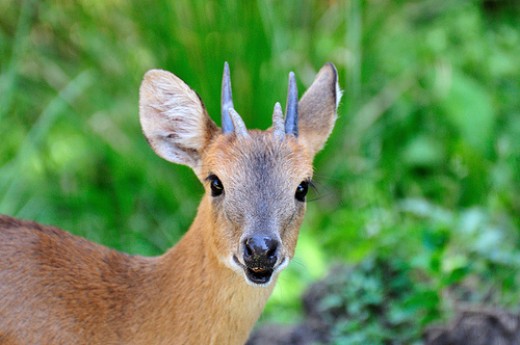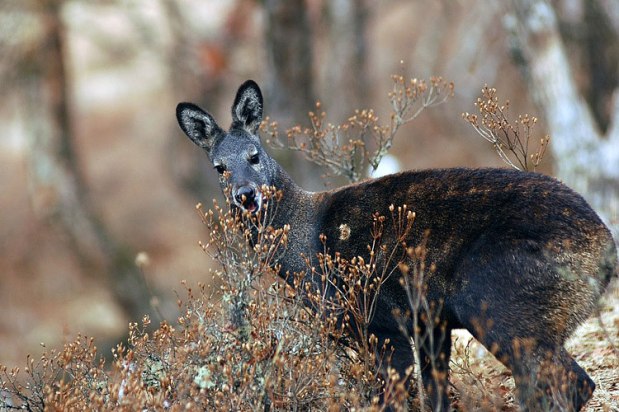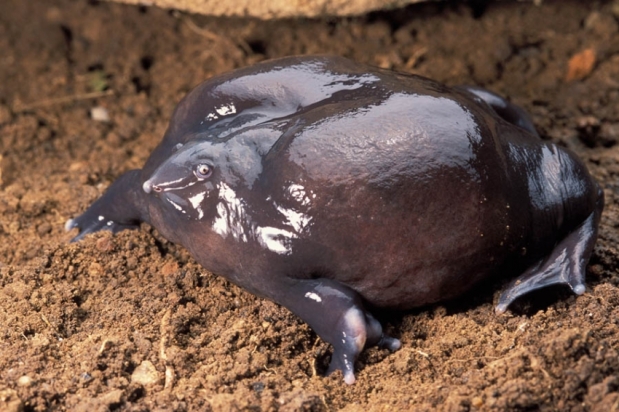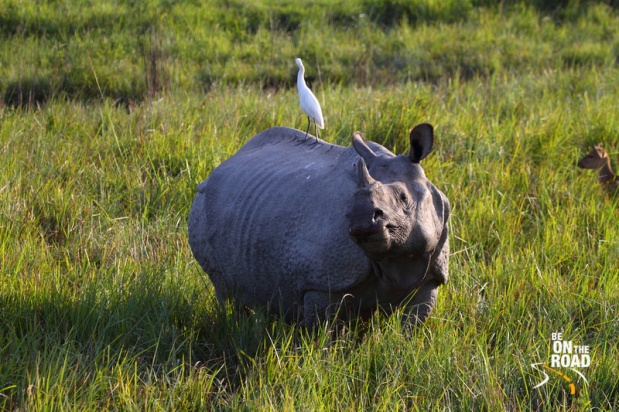Nasikabatrachus sahyadrensis is a frog species belonging to the family Sooglossidae. It can be found in the Western Ghats in India. Names in English that have been used for this species are purple frog, Indian purple frog or pignose frog. Although the adult frog was formally described in October 2003, the taxon was recognized much earlier by its tadpole, which had been described in 1918. With its closest relatives in the Seychelles, Nasikabatrachus is thought to have evolved separately for millions of years. Its discovery also adds to the evidence that madagascar and the Seychelles separated from the Indian landmass sometime well after the breakup of Gondwana had started…..
The species was described from specimens collected in the Idukki district of Kerala in 2003, However, it was already well known to the local people and several earlier documented specimens and publications had been ignored by the authors in the 2003 paper that describes the genus and species….
The species is now known to be quite widely distributed in the Western Ghats, ranging from the Camel’s Hump Hills Range in the north, all the way to the northernmost portions of the Agasthyamalai Hill Range in the south….
The frog spends most of the year underground, surfacing only for about two weeks, during the monsoon, for purposes of mating. The frog’s reclusive lifestyle is what caused the adults to escape earlier notice by biologists, and hence delay its scientific description. The breeding season is during the pre-monsoon rains, primarily in May. The males call from burrows beside headwater streams and when approached by females, mount them in amplexus. While in amplexus in the pectoral position, the male tightly holds the vertebral column of the female. The pair then enters a crevice in a rock pool amid a flowing stream and lay their eggs inside. More than 3000 eggs are laid as part of a clutch. The tadpoles metamorphose after around 100 days
. _
_

Unlike many other burrowing species of frogs that emerge and feed above the ground, this species has been found to forage underground, feeding mainly on termites using their tongue and a special buccal groove….
WITH THANKS TO WIKIPEDIA…..AND GOOGLE………. 😉

























